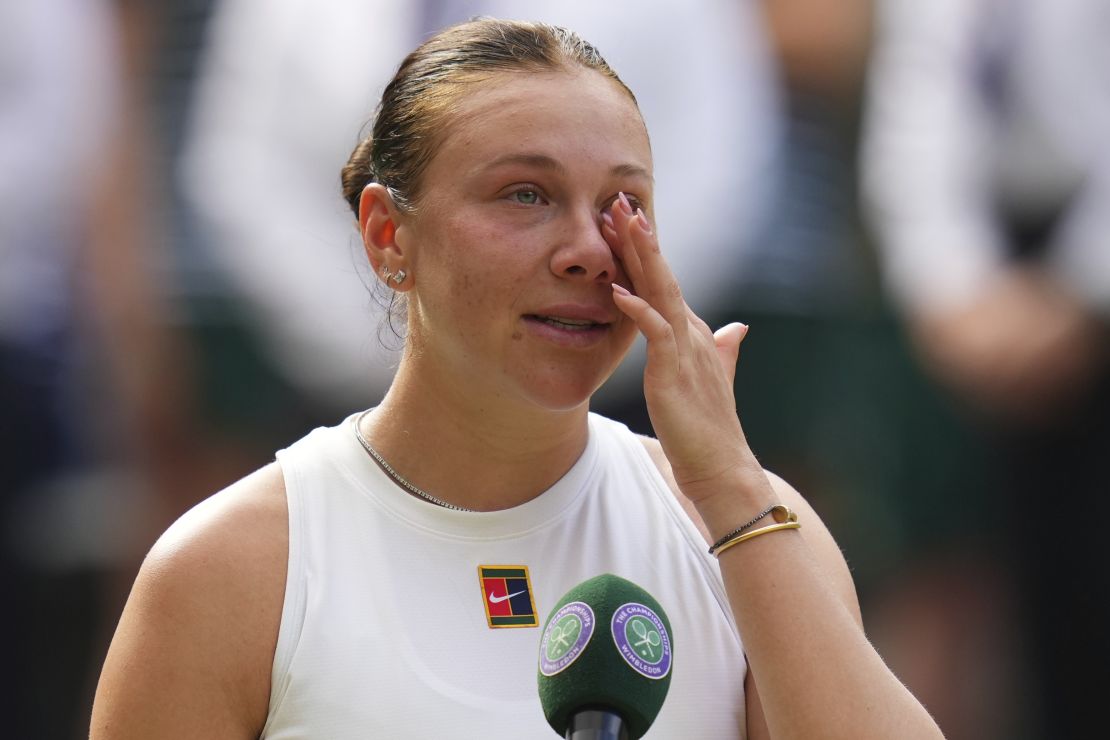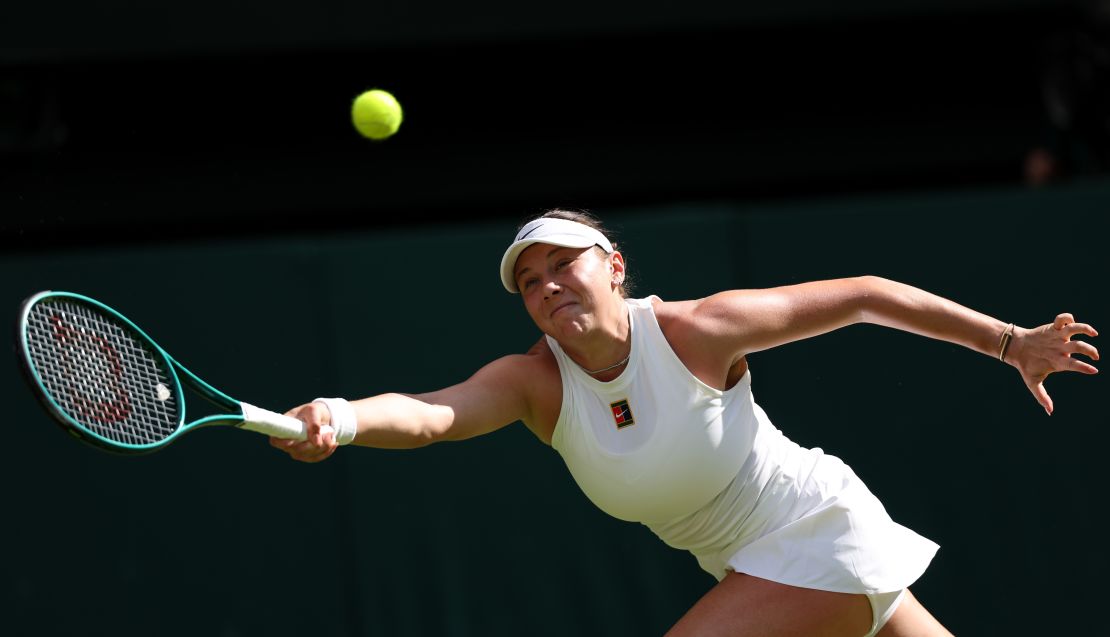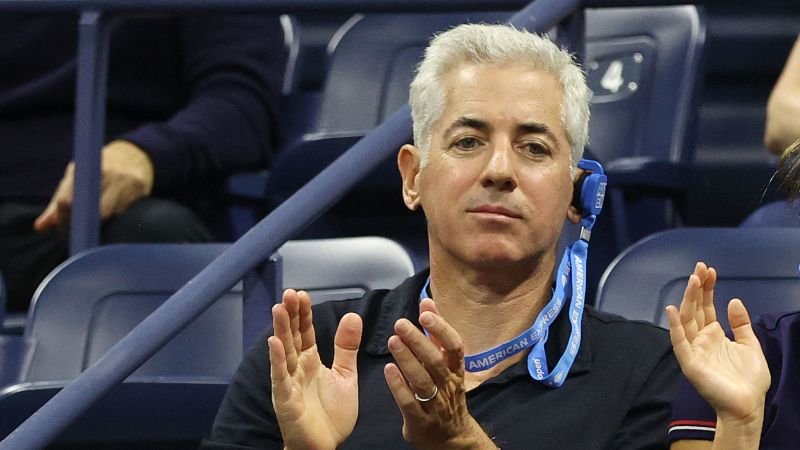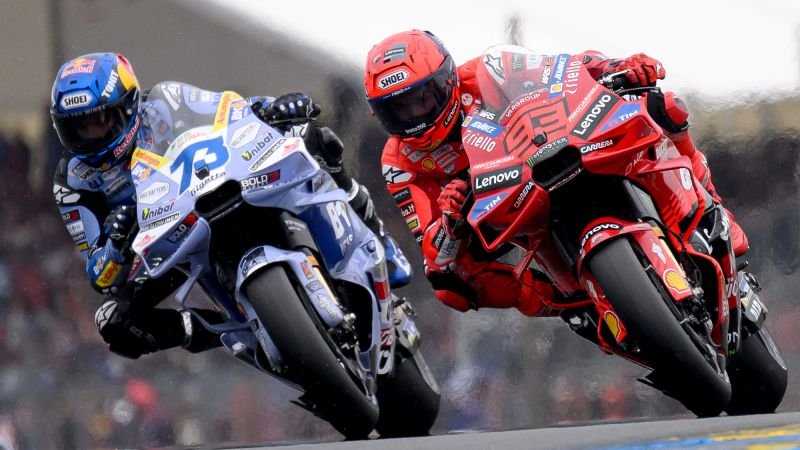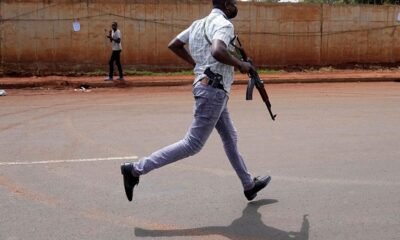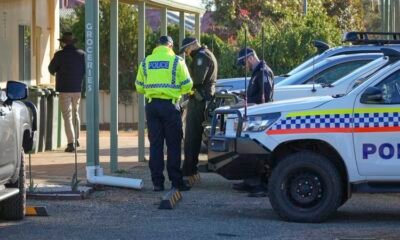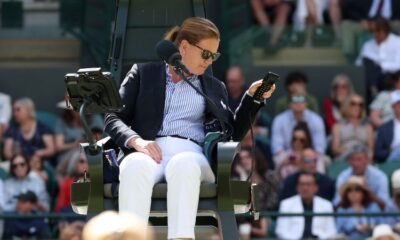CNN
—
It was 1:30 AM in Monrovia, California, not far from the state’s biggest racetrack. One of the horse trainers based at the track, Tim Yakteen, was awoken by a strange sound in front of his home.
When he checked the footage from his security camera, he saw at least two men in a truck taking photos of his house and, most curiously, rifling through his trash on the curb.
It frightened Yakteen, who had children at home. He filed a police report, thinking it was someone casing his house for a home invasion.
He couldn’t have been more wrong.
In fact, the shadowy figures were private investigators, hired by a top racetrack in Kentucky to investigate Yakteen’s former boss – the legendary trainer Bob Baffert – to try to find evidence that the famous white-haired horseman doped his horses.

CNN One Thing
Is Horse Racing on Its Last Legs?
Ahead of this year’s Kentucky Derby, horse racing critics are asking familiar questions about animal safety and care in an industry fueled by gambling. We examine how high-profile horse deaths and an FBI investigation into doping allegations have pushed the sport towards reforms.
Guest: Katie Bo Lillis, CNN Senior Reporter & Author, “Death of a Racehorse: An American Story”
Apr 27, 2025 • 26 min
…
Investigators had come to Yakteen’s house because, at the time, he was training some of Baffert’s horses. Baffert himself was suspended from racing after one of his horses, Medina Spirit, had tested positive for a common anti-inflammatory during the 2021 Kentucky Derby. The drug was legal to use during training, but small amounts of it had been found in the horse’s post-race blood and urine samples on the day of the race – which was against the rules of racing.
Baffert had long operated under a cloud of suspicion inside and outside of racing, thanks in part to his larger-than-life public persona and his utter domination of the competition on the racetrack – not to mention a series of other petty drug infractions in big races leading up to the 2021 Derby. That history – along with a trademark pair of purple sunglasses – had made him the face for an American public that might only pay attention to horse racing on the first Saturday in May, when the Derby is run.
When Medina Spirit tested positive, Baffert became infamous. NBC’s “Saturday Night Live” pilloried him during its “Weekend Update” segment, falsely suggesting that the horse had been given an anabolic steroid. The racetrack that hosts the Kentucky Derby, Churchill Downs, banned him for three years – and moved to hire the private intelligence firm to probe more deeply into Baffert’s practices, I report exclusively in my new book, Death of a Racehorse.

But after more than two years of reporting, I found that the story of Bob Baffert is not a tale of a singular sinner, but instead a parable for a sport struggling to explain its welfare and medication practices to an American public that increasingly disapproves of it.
On Saturday, Baffert will return to the Derby for the first time since 2021. He brings a horse called Citizen Bull. He’s not the favorite, but no one counts out Bob Baffert when it comes to the Kentucky Derby: He’s won it six times, including with two horses who went on to sweep racing’s elusive Triple Crown.
Medina Spirit’s positive test in 2021 turned the harsh glare of public attention on a sport that had already struggled with negative press after a series of high-profile fatal injuries in 2019 at the California track where Baffert is based – none of his horses among them – and the 2020 federal indictment of dozens of trainers and vets up and down the East Coast for doping.
In its statement announcing its initial suspension of Baffert, Churchill Downs emphasized the safety of horses as paramount to its decision, which was lauded by animal welfare groups. Baffert challenged the suspension, and in subsequent court proceedings, Churchill Downs executives were frank about the reasons behind the ban: The positive test – and a series of public appearances Baffert made defending himself – were a “danger to [Churchill Downs’] brand,” the company’s president testified.
And it hired 5 Stones Intelligence, a private intelligence company that had been used by other top industry groups to try to go after dopers. Several years before, 5 Stones had put together a package of information on trainers suspected of doping and given it to the FBI – which ultimately led to the federal prosecutions in 2020.
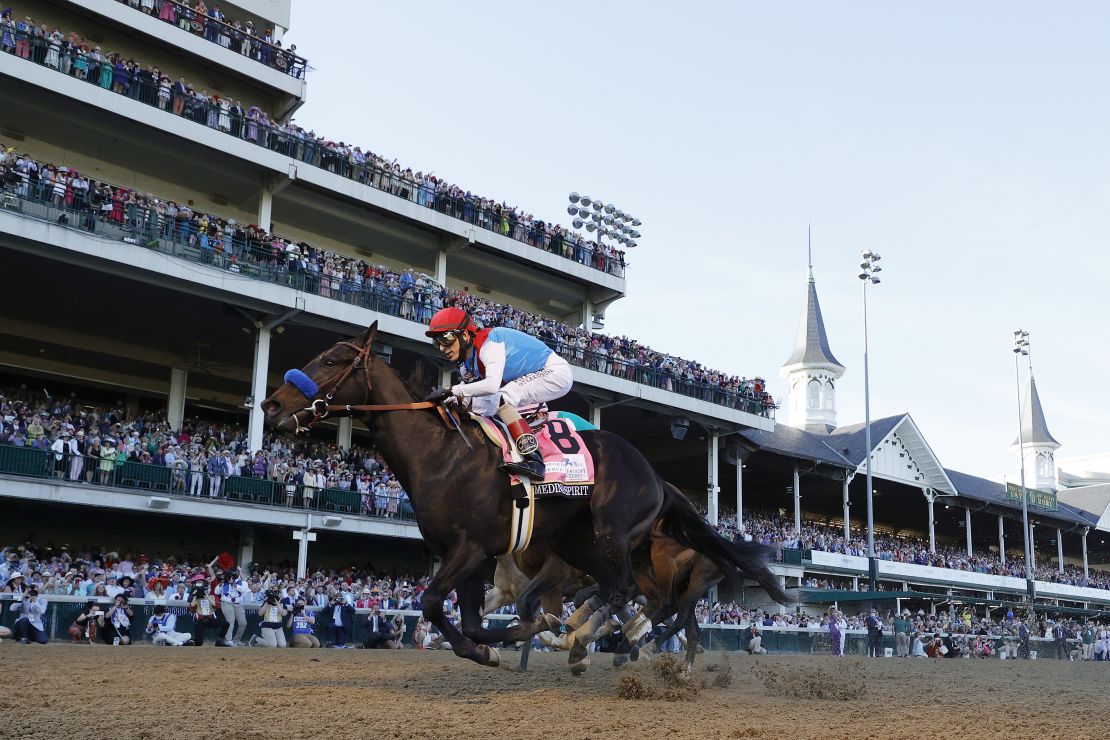
Under the Churchill Downs contract, 5 Stones tailed Baffert’s stable hands and surveilled the outside of his gated home in La Canada, California. It was not clear whether Churchill, which worked through a law firm, put Baffert’s name on the contract. Still, he was indisputably one of the top targets – if not the top target – of the probe, multiple sources with direct knowledge of the work told me.
But neither Medina Spirit’s positive test in the Derby nor any of Baffert’s other recent positives had been for an illegal performance enhancer – “dope.” It had been for an anti-inflammatory corticosteroid called betamethasone, one of an array of perfectly legal “therapeutics” that racing rules allow trainers to use during training, but not on race day.
Five Stones ultimately appeared to find no credible evidence that Baffert uses any banned performance enhancers on his horses, according to my sources. The track ended the contract after only a few months of effort by the private eyes.
Indeed, in more than two years of reporting, I too was unable to identify any information to suggest that Baffert – despite a record of positive tests for “therapeutics” – “dopes” his horses. Although Baffert is often treated as extraordinary, a close examination of available records shows that, when it comes to drug violations, Baffert’s record is basically in line with several other top trainers in the sport – trainers who don’t draw the same national attention.
For example, in less than a year between 2022 and 2023, Todd Pletcher – a prominent East Coast trainer – racked up six positive tests. Most were for common anti-inflammatories, and one was in a top race for a drug that is not allowed in any setting for racehorses. Pletcher has pinned the rash of positives on too-sensitive lab testing and has denied giving any drug that was not allowed under the rules of racing.
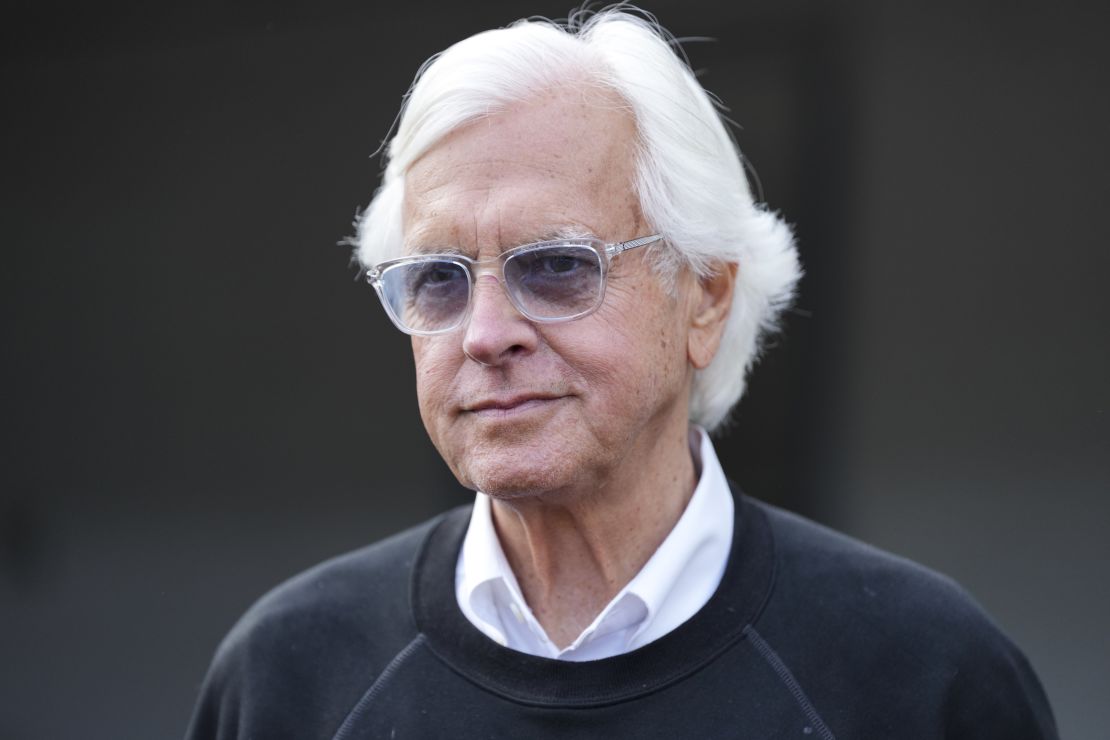
Baffert throughout has maintained his innocence, arguing that Medina Spirit’s positive arose from an ointment given to the horse for a skin rash – a credible explanation but not a provable one, according to lab testing experts. For three years, he has felt intensely, and personally, aggrieved – and singled out. He tried, and failed, to meet with the CEO of Churchill Downs, a former GE executive named Bill Carstanjen.
“The bias against me, it’s just horrible,” he told me in early 2023, when he was still banned from Churchill Downs. “The only thing that gets me through this is I know we didn’t do anything wrong. We were treating the horse for a skin rash. It’s not what they said it was.”
Churchill Downs declined to respond to my repeated requests for comment during the course of reporting this book.
The sport of racing has long struggled with the perception that it is rife with doping – even the term “dope” originated in horse racing around the turn of the century – and has struggled to explain to the public why it permits such a vast number of legal medications for training – everything from anti-inflammatories to sedatives – and how those differ from illegal performance enhancers.
Animal welfare advocates argue trainers are masking pain to run injured horses, while horse racing professionals say that many of those drugs are comparable to providing palliative care to professional human athletes and are part of the humane management of a performance animal.
The reality lies somewhere in the middle, and there is fierce debate inside of the industry about how those drugs should be regulated to balance the need to keep horses safe while still allowing trainers and owners to manage a horse with the end goal of getting him to the races – which drugs should be allowed, in what quantities, and how close to a race.
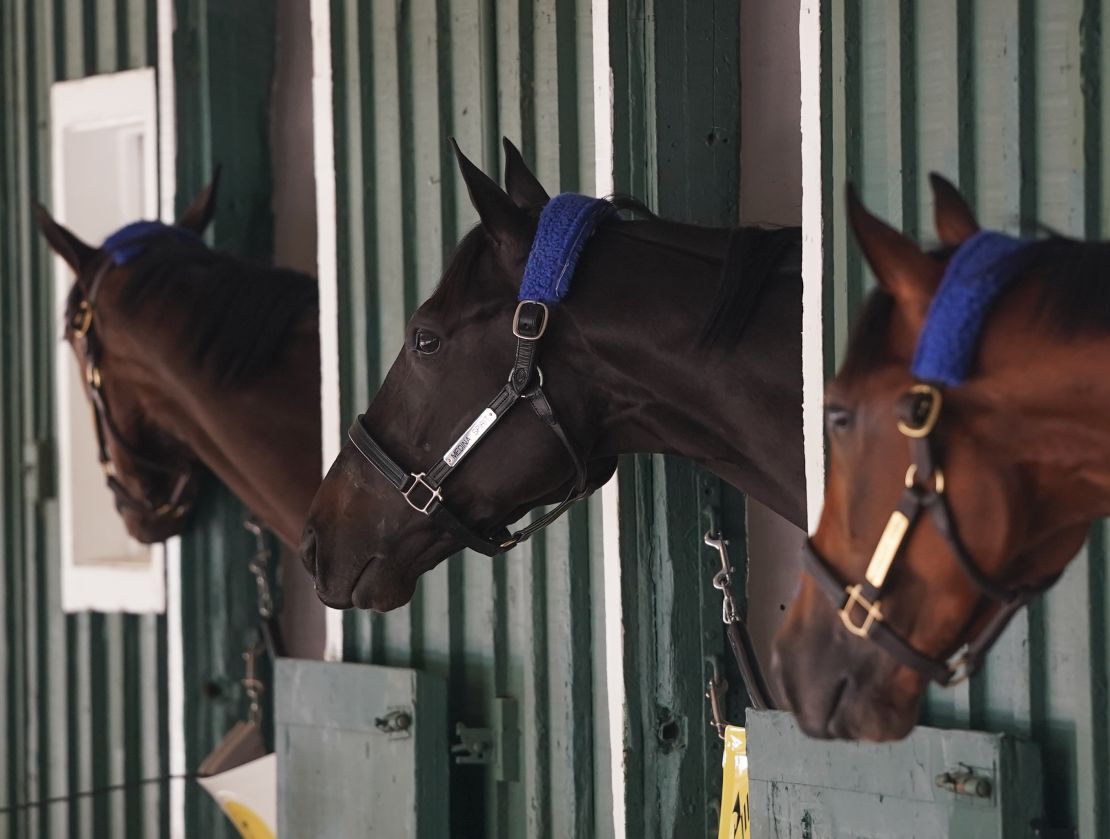
But the nuances of that debate are jumbled in the public eye, where violations like Baffert’s are often deemed “doping” violations in national headlines.
We message them like pets, but we treat them like livestock, one racing professional said to me.
A new federal law, passed in late 2020 after the Justice Department indictments became public, established a uniform national authority governing medication and safety regulations. In states where it operates, it has had a profound impact on fatalities, accounting for a 27% drop from 2023 to 2024.
But some states are fighting the law. And even as it has standardized testing for therapeutic drugs, it still permits a wide range of them to be used.
The response to Baffert’s return to the Derby has been mixed. Some other trainers have lauded his return, arguing that the penalty Baffert faced for a small overdosage of a routinely used drug was disproportionately harsh. Yet, during the post-position draw – held the week before the Derby and attended by fans – boos could be heard when the first of Baffert’s horses was drawn.
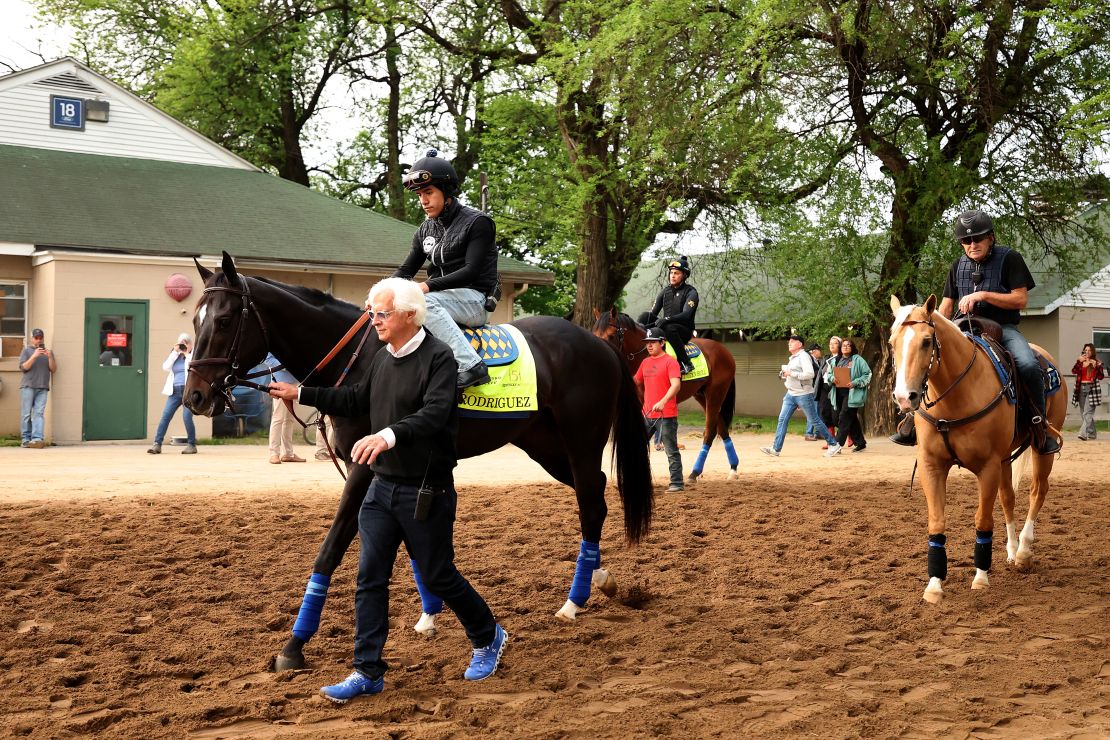
Churchill dropped its ban against Baffert last summer, shortly after it ran the marquee 150th running of the Kentucky Derby. Baffert issued a public statement that he “accept(ed) responsibility for Medina Spirit’s positive test.” It was all over, and he was free to return this year.
“It wasn’t personal with Bill (Carstanjen),” he told me. “It was just business.”


